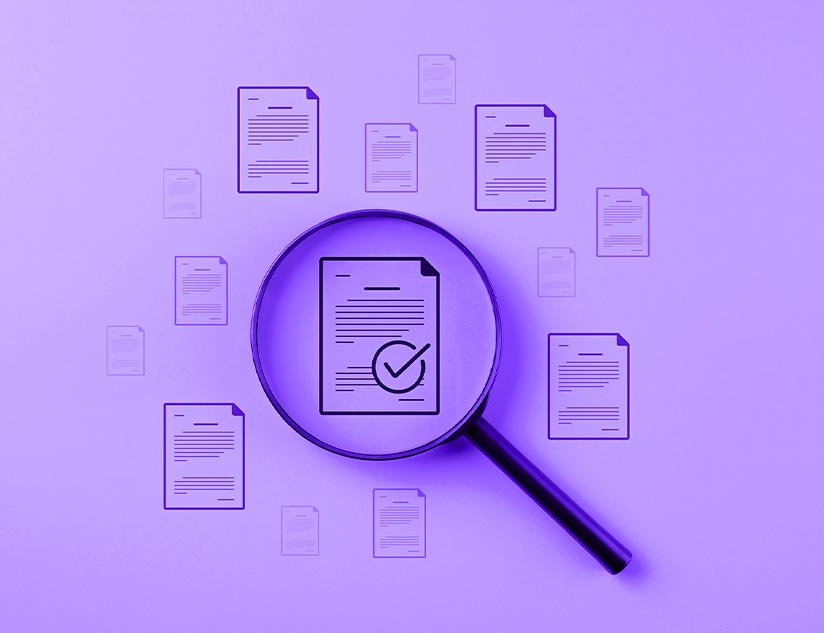Academic standards establish guidelines for skill and knowledge proficiency that students at each level must demonstrate. Complying with such standards helps prepare students for academic and career success. It also leads to better overall development. Educational publishers play a key role in ensuring curriculum alignment and standards compliance in digital learning.
Significance of Academic Standards
Guidelines established by academic standards help achieve the following:
1. Ensure Quality of Education
Academic standards enforce consistent quality and efficacy across learning resources, activities, and assessments, which removes cognitive load from learners.
2. Facilitate Informed Instruction
Standards-based education enables teachers to define measurable goals, which inform instructional designers of the degree of depth and difficulty the learning materials must offer. Education standards define the rigor that K-12 students must display and establish accountability among teachers and learners.
3. Measurement of Achievement
Aligning with academic standards enables benchmarking students’ learning progress However, inclusivity and accessibility considerations have transformed such measurement. Equitable measurements are eased via online learning platforms. But digital learning is a highly fragmented space, with educational publishers facing intense competition. The digital education market has huge potential, projected to expand at a CAGR of 25.8% between 2024 and 2030 to reach $95.7 billion. To capture this opportunity requires standards compliance even in assessments.
Aligning K-12 digital curriculums with education standards facilitate:
- Enhanced student performance through the application of industry best practices.
- Support for teachers to plan lessons, assessments, and activities.
- Increased marketability of resources and higher adoption.
Challenges to Standards Alignment
The biggest challenge to standardization is that digital education is still evolving. Digital publishers must continuously adapt to the changing requirements and rapidly evolving digital technologies. Technology integration to provide a powerful platform that supports multiple content types is another challenge. Navigating these challenges while swiftly transitioning to standards-based education can be a differentiator for digital learning platforms.
Effective Strategies to Offer Standards-Based Education
Curriculum alignment with educational standards requires a strategic approach. Educational publishers must collaborate with education technology tool providers to set targets for digital curriculum alignment. Together, they can streamline the development of education tools and technology that ensure quality across four dimensions – academic, pedagogical, didactic, and technical.
Here’s a step-by-step guide to curriculum alignment with academic standards:
1. Know the Standards
Familiarize yourself with K-12 educational standards. Understand the recommended practices and concepts of personal, academic, and social-emotional growth the curriculum must instill in learners. Finally, assess the existing materials to identify alignment gaps and overlaps.
2. Align Learning Goals
Establish clear and measurable skills and knowledge that learners must demonstrate at each level. Create effective mechanisms to communicate these to students and parents without overwhelming them.
3. Align Instruction
Identify the best strategies to deliver the standardized curriculum to facilitate the achievement of established learning outcomes. Incorporate the principles of differentiation, scaffolding, integration, and collaboration to drive learners toward academic success.
4. Align Learning Resources
This is the most critical aspect of curriculum alignment. Your learning resources must support the achievement of learning goals. Adopt diverse content formats to address various learning needs and preferences, and keep the content engaging for all types of learners. Regularly monitor these resources and ensure they remain aligned with academic standards.
5. Align Assessments
Assessments should be aligned to evaluate established goals. Incorporate formative, summative, diagnostic, and performance-based assessments with flexible rubrics for 360° evaluation of learning achievement.
6. Align Professional Development
Stay updated on the evolving needs of the industry and academic standards Monitor the efficacy of content and develop continuous loops to streamline the process.
Establish Differentiation
Educational publishers and EdTech organizations must initiate curriculum alignment for standards-based education. Partner with a leading technology provider of AI-powered content authoring and distribution tools. MagicBox™’s education tools are powered by cutting-edge technologies to offer compliance recommendations that aid curriculum alignment with academic (CASE, CLR, OneRoster), data privacy (GDPR, FERPA, COPPA, CCPA), and interoperability (LTI, WCAG 2.0) standards. These education standards include AccessforAll, PNP, QTI, APIP, and EPUB. Speak with the experts to know how standards compliance can bolster your revenue growth.
















